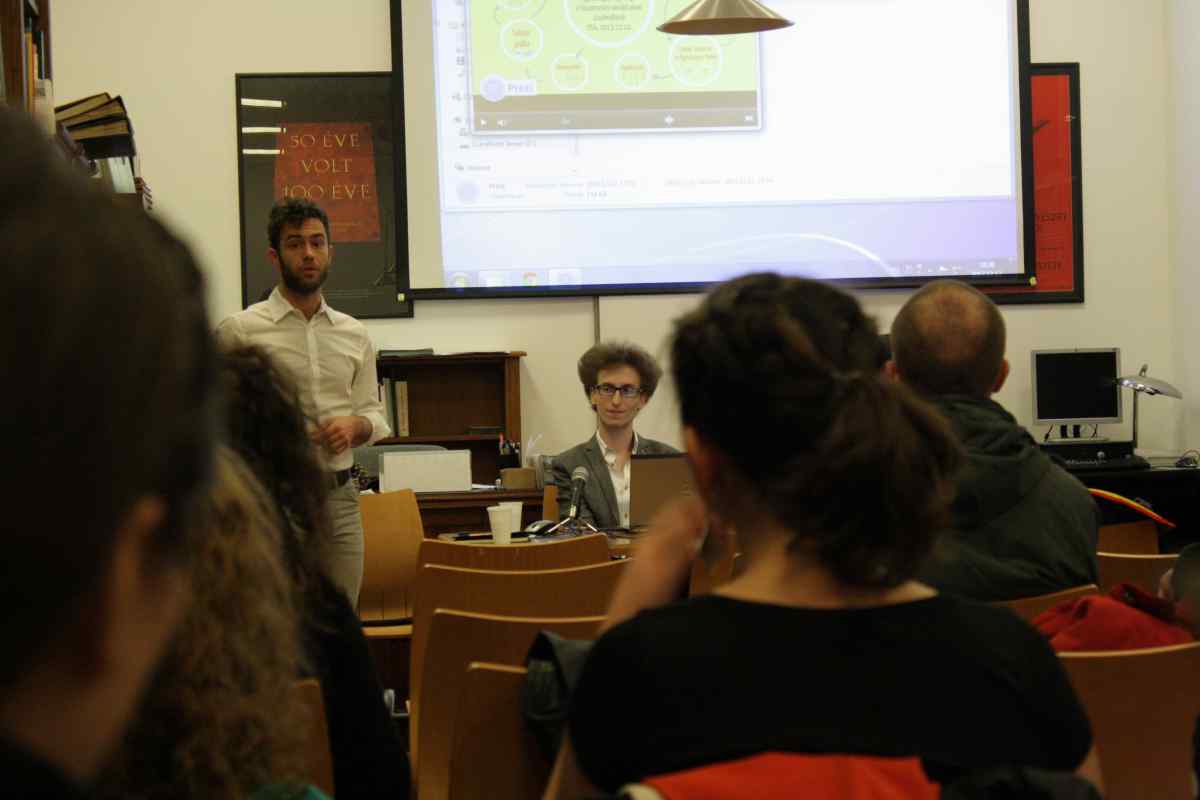From Sakter Polka to Healthy Scalp / False Testimony – Versions and Options
Presentations by Dániel Véri and Hajnal Németh, and Zoltán Kékesi

The two presentations are part of the program series that accompanies the exhibition False Testimony by Hajnal Németh and Zoltán Kékesi.
From Sakter Polka to Healthy Scalp: Musical sub-cultures related to the Tiszaeszlár Trial
A presentation by Dániel Véri
The lecture analyses musical compositions connected to the Tiszaeszlár blood libel case and their social context. The common characteristic of these works—be they polka, folk songs, or rock music—is that the medium efficiently strengthens their message, even if the latter is inherent in the text or the image, but never in the music itself.
The characteristics, differences, even the connections to folk and political antisemitism become evident while examining these works on the blood libel. This lecture presents different subcultures that unite producers and consumers of these musical compositions. It shows how these subcultures have helped and still help a pre-modern superstition to survive.
False Testimony – Versions and Options
A presentation by Hajnal Németh and Zoltán Kékesi
The presentation concerns the process of creating the exhibited works: videos, photos and objects. The authors will analyze the possibility of modeling social mechanisms and collective psychological processes from a critical artistic point of view. Does music create the kind of abstraction that is necessary for modeling? What are the minimal formal elements that can be associated with a piece of work in which the content the story is borne by text? Can abstraction and minimal formal solutions lift the story from its original and specific context into a more general meaning?
The program is in Hungarian.